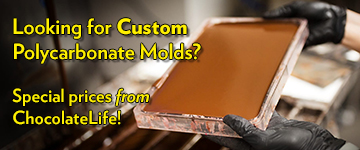No - in general, raw cocoa materials are not sterilized. People have improved production processes, but subjecting the beans to temperatures above 100C (no matter the duration) is not something most raw companies are prepared to do - and still call the product raw.
One of the challenges with the raw diet is that you don't know if (or how much of) the benefits are coming from eating raw food - or not eating processed food. (I've been researching and covering this topic since some time in 2009.)
Yeah - the main point is "cold processed" but the word raw has a lot of baggage attached to it with respect to specific (but not universally agreed upon) maximum temperatures.
--
~~~~~~~~~~~~~~~~~~~~~~~~~~~~~~~~~~~~~~~~~~~~~~
@DiscoverChoc

